
Published: Last Updated:
Readtime: 10 min
Every product is carefully selected by our editors and experts. If you buy from a link, we may earn a commission. Learn more. For more information on how we test products, click here.
Close to something great, but let down by a lack-lustre interior and an unpolished driving experience. The previous-generation Vantage was a hot-rod sportscar with the bark of a pitbull and the precision of a labrador. It had enough character to make the nearest Porsche 911 owner consider everything for a total of 5-seconds before they realised their car was simply a better all-rounder.
However, the new Vantage is a completely different story. This remains a lumpy V8 boulevard cruiser at heart, but with some clever technology under the skin, Aston Martin reckons it’s now a track-day weapon too.
The 4.0-litre Twin-Turbo V8 under the bonnet looks familiar, but it now makes 665PS (+155PS) and 800Nm (+115Nm) of torque. That makes it the most powerful Vantage ever, but it doesn’t exactly sound like the basis for a precise track tool. How do all of these technological advancements underneath help the new Vantage handle the power and the track? We spent the morning at Sydney Motorsport Park to find out.
What’s Under the Bonnet of the Aston Martin Vantage?
- 4.0L Twin-Turbo V8 producing 665PS (656bhp) and 800Nm of torque
- 0-60mph in 3.4 seconds, top speed of 202mph
- Tuned for sharper throttle response with optimized cam profiles and larger turbos
- ZF 8-speed automatic transmission with a shortened final drive for better in-gear acceleration
- Launch Control system integrated with E-Diff and ESP for precise take-offs
The 2025 Aston Martin Vantage has a 4.0-litre Twin-Turbo V8 under the bonnet that produces 665PS (656bhp) @ 6,000rpm and 800Nm of torque @ 2,750rpm. That’s a 30% increase in power and a 15% increase in torque to make it the largest power and torque jump in the Vantage lineup’s history.
It’s a similar 4.0-litre Twin-Turbo V8 engine to before, but it’s been significantly enhanced with upgraded twin-turbochargers, modified camshaft profiles that optimise valve timing for sharper throttle response, enhanced compression ratio (8.6:1), recalibrated fuel injection system, and plenty of increased cooling to help the engine breathe, including an additional low-temperature radiator in the charge cooler circuit, two auxiliary coolers for increased thermal capacity, and a 50% increase in cold air intake volume.
The engine is the Vantage’s unique selling point, and while it’s leapt up the rankings as a driver’s car, it’s still all about that monstrous engine under the bonnet and the visceral, aggressive exhaust note it produces.
Power is sent to the ground through an 8-speed ZF automatic gearbox with updated shift calibration, and when combined with a 3.083:1 final drive, Electronic Rear Differential (E-Diff), and Launch Control System it helps the Vantage complete the sprint from 0-60mph in 3.4 seconds. That’s impressive, especially for a rear-wheel drive car.

What Makes This the Most Track-Focused Vantage Yet?
Now, the headline engine and powertrain figures are impressive, but the purpose of testing this new Vantage at the track was to get a feel for its software-driven chassis enhancements, including the new Bilstein DTX adaptive dampers, Optional Carbon Ceramic Brakes (CCB), and Adjustable Traction Control (ATC) with multiple levels of slip.
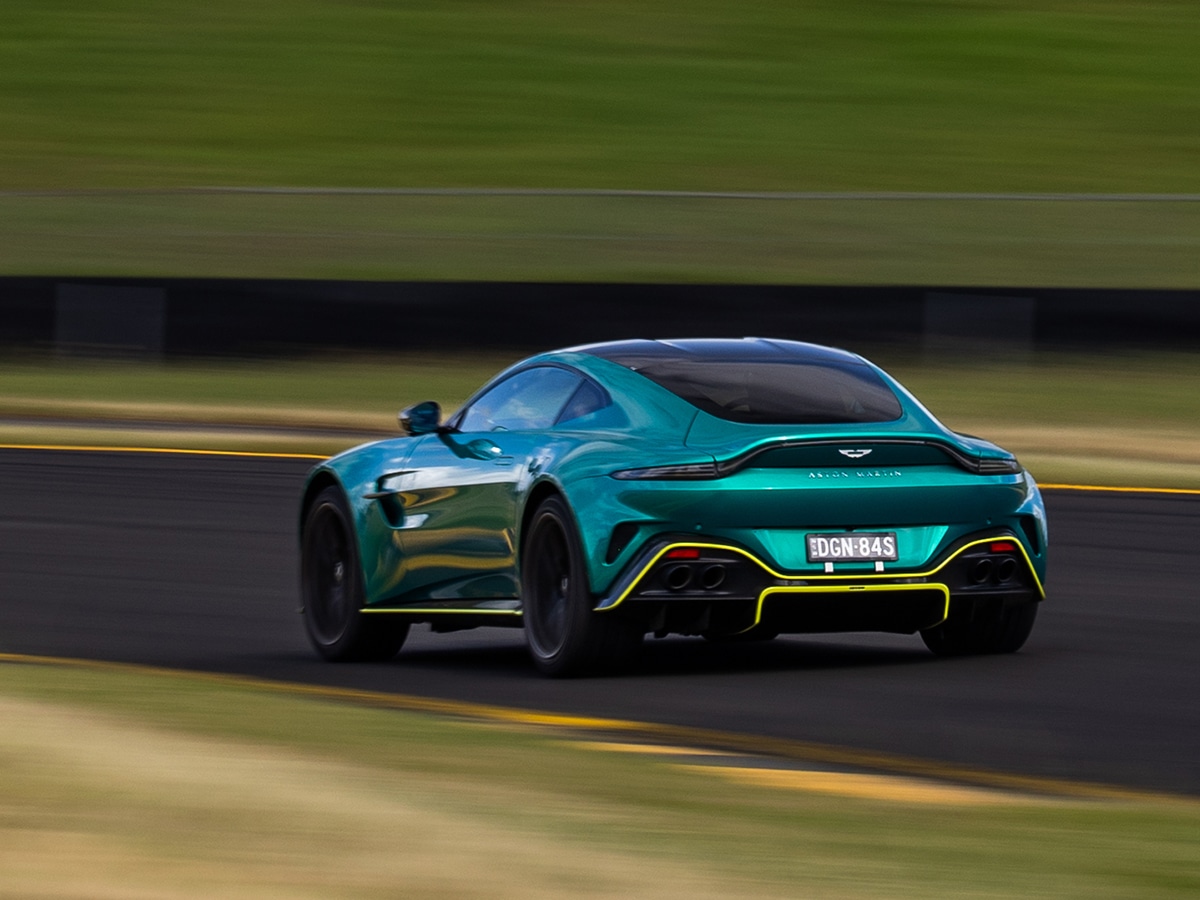
Chassis and Handling
- 50:50 weight distribution for perfect balance
- Highly evolved bonded aluminium structure for increased rigidity
- Bilstein DTX adaptive dampers with 500% increased bandwidth for sharper responses
- Electronic Rear Differential (E-Diff) for optimized stability and agility
- Michelin Pilot Sport S 5 tyres, bespoke for Vantage, ensuring superior grip
- Five selectable drive modes: Wet, Sport, Sport Plus, Track, and Individual
Porsche has remained the benchmark in this segment because of its ability to balance fun and precision. They’ve never leant too far to one side to upset the balance. So if Aston Martin wants a slice of the Porsche pie, they’ll have to deliver a car that is as precise as it is fun to drive.
Fundamentally, all the makings of a great sportscar are here with a 50:50 weight distribution, bonded aluminium structure, smart Bilstein DTX adaptive dampers, Electronic Rear Differential (E-Diff), and five selectable drive modes: Wet, Sport, Sport Plus, Track, and Individual. However, these things must work together to create not just a good car, but a great one.
Excitingly, they do a darn good job. The new Vantage is lightyears ahead of the previous-generation vehicle. While I can’t tell you for certain that the 500% increase in bandwidth for the Bilstein DTX adaptive dampers has resulted in a sharper response or that the bespoke Michelin Pilot Sport S 5 tyres have transformed the vehicle, when the sum of all these parts are added together, it results in a seriously capable vehicle that’s plenty fun to drive.
Turn one at Sydney Motorsport Park is a long sweeping left-hander that’s notorious for upsetting cars that are either too stiff or too soft in the rear. Braking from 260km/h, I had no lack of confidence pushing the Vantage down to the apex, holding steady, and then jumping back onto the power as I sent it towards the tight double apex at turn two.
Slower corners like this were tougher to manage because of the torque of the engine, but the software does more than enough to help the Vantage put its power down. Importantly, you know exactly what the rear tyres are doing, so it’s easy enough to manage the power on the corner exit.

Braking and Stability
- Standard 400mm front and 360mm rear steel brakes for durability
- Optional Carbon Ceramic Brakes (CCB) reduce 27kg of unsprung mass
- Integrated Brake Slip Control (IBC) and Traction Control (ITC) for enhanced exit performance
- Adjustable Traction Control (ATC) with multiple levels of slip control for precision handling
The braking performance is nothing short of mind-bending with the optional Carbon Ceramic Brakes (CCB) fitted. The stat sheet says they reduce 27kg of unsprung mass, but I don’t really care. It’s the way they pull the car up from 260km/h into turn one (and every corner after that) at Sydney Motorsport Park that makes them stand out.
We only did 15-minute sessions of the track (6’ish laps), but the pedal never softened and it was the same linear braking performance throughout the session.
Then it was time to try out the Integrated Brake Slip Control (IBC) and Traction Control (ITC). This system gradually reduces tractional control intervention, which allows you to explore side slip through the corner and exit.
You’re given a scale of 1-8, with 8 being the closest thing to TC off. What I didn’t realise at the time is that levels 6-8 increase the wheel slip with yaw control off and you’ll find this out the hard way if you’re not careful.
This is a car with a short wheelbase and more than enough torque down low to overpower the rear wheels very easily. It makes 800Nm of torque @ 2,750rpm and you need to remind yourself to sit in a gear higher than expected to realise the full potential of this system. If not, you might end up facing the wall out of a hairpin corner after running out of RPM… don’t ask me how I know.
When the car is left to its own devices in Sports Plus or Track mode, the ZF 8-speed automatic gearbox has no trouble deciding what gear it wants to be in where. However, it does have a tendency to deny downshifts, even when you have plenty of RPM to play with. This can get frustrating over the course of a lap, but isn’t something I noticed on the street.

Aerodynamics and Track Presence
- Wider, lower stance with a 30mm increase in width
- 38% larger grille for improved airflow and cooling
- Redesigned front splitter and aerodynamic enhancements for increased downforce
- Matrix LED headlamps with Aston Martin’s new light signature
- Large rear bumper and quad exhaust system for a menacing track presence
When you’re not pushing the limits of your ability with IBC and ITC, the wider, lower stance and 30mm increase in width help the car feel poised and accurate on track. You’re always acutely aware of what each corner of the car is up to, and it gives you confidence to push harder, especially on the off-camber fast-flowing corners of the track.
I wouldn’t say that I noticed any of the benefits that come with a redesigned front splitter and the various aerodynamic enhancements. However, like the best sportscars, the new Vantage doesn’t stop talking to you as a driver, and this gives you plenty of confidence.
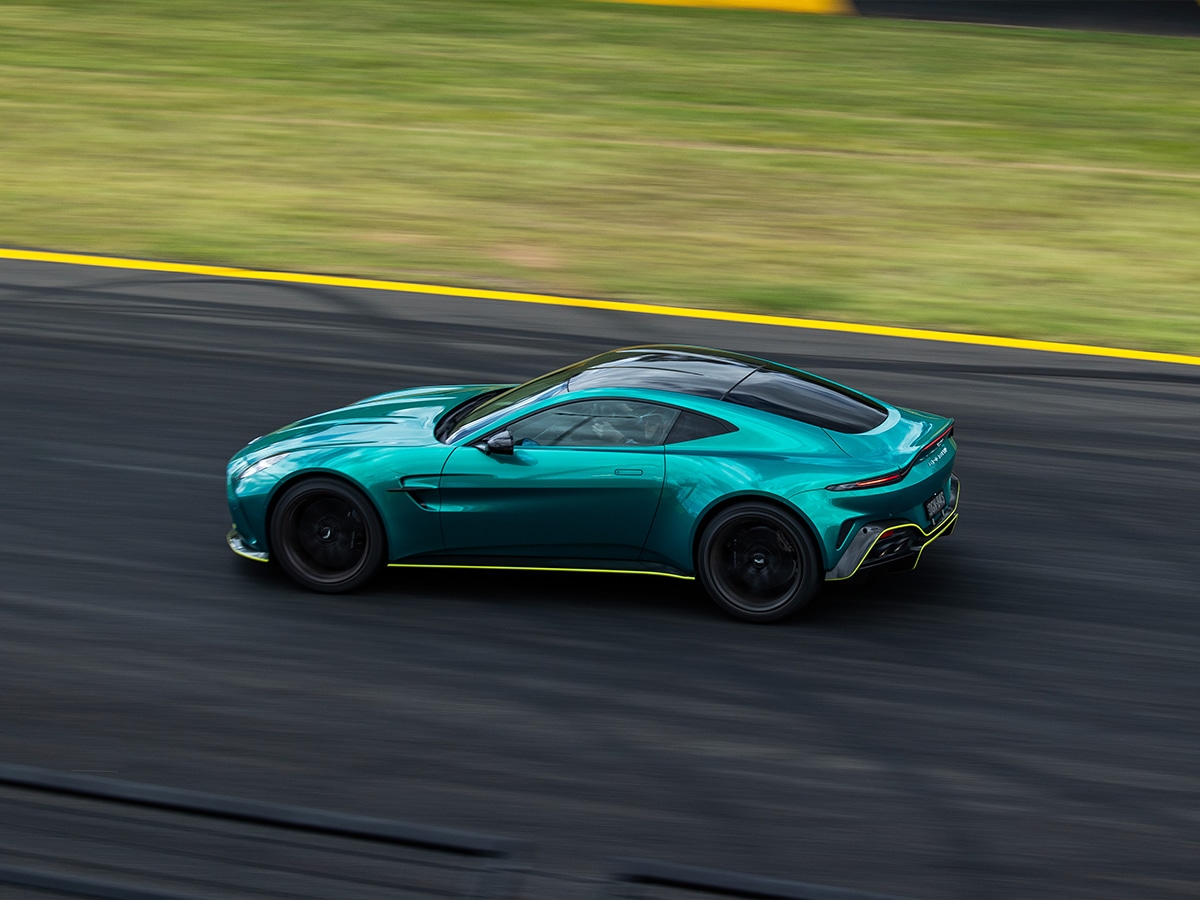
Steering and Driver Engagement
- Non-isolated steering column for unfiltered road feedback
- 12.8:1 steering ratio with 2.27 turns lock-to-lock
- Speed-sensitive power assistance integrated with dynamic mode settings
- Michelin bespoke tyres enhance precision and cornering stability
Like the brakes and suspension, the steering is also very good. It’s not the ultimate benchmark, but it’s another area where the car has leapt forward.
The addition of a non-isolated steering column and speed-sensitive power assistance has increased driver feedback to the point that I’d put it up against any in the business outside of McLaren and Porsche. Meanwhile, the 12.8:1 steering ratio (2.27 turns lock-to-lock) is fast for the track without being herky-jerky for the street.
I mentioned it earlier, but the bespoke Michelin Pilot Sport S 5 tyres never let me down, even towards the end of our laps where they had been heat-cycled by multiple drivers.

Man of Many’s Verdict on the Aston Martin Vantage
The Aston Martin Vantage has taken a seismic leap forward. It’s the best driver’s car in the brand’s line-up, and it pushes the marque forward in areas it so desperately needs.
To find this much precision in a bruiser twin-turbo V8 powered sportscar with 665PS would be unthinkable just a few years ago, but by applying the latest technology, they’ve achieved their goals and presented one of the best sportscars on the market. If you love driving, this is the Aston Martin for you.
Does it do enough to knock the new and all-mighty Porsche 911 Carrera GTS with T-Hybrid technology off its perch? No, not for me. However, with the looks, sound, and bite, the new Vantage does exactly what it set out to achieve. It creates a serious upgrade for current owners, and it does enough to convince a few welded-on Porschefiles that the V8 side of sportscars can be fun and precise too.
The Vantage is no longer just about the engine under the bonnet and the gorgeous looks. It’s not a good sportscar, it’s a great one. Now, can we get a Vantage AMR Pro? Wouldn’t that be something?
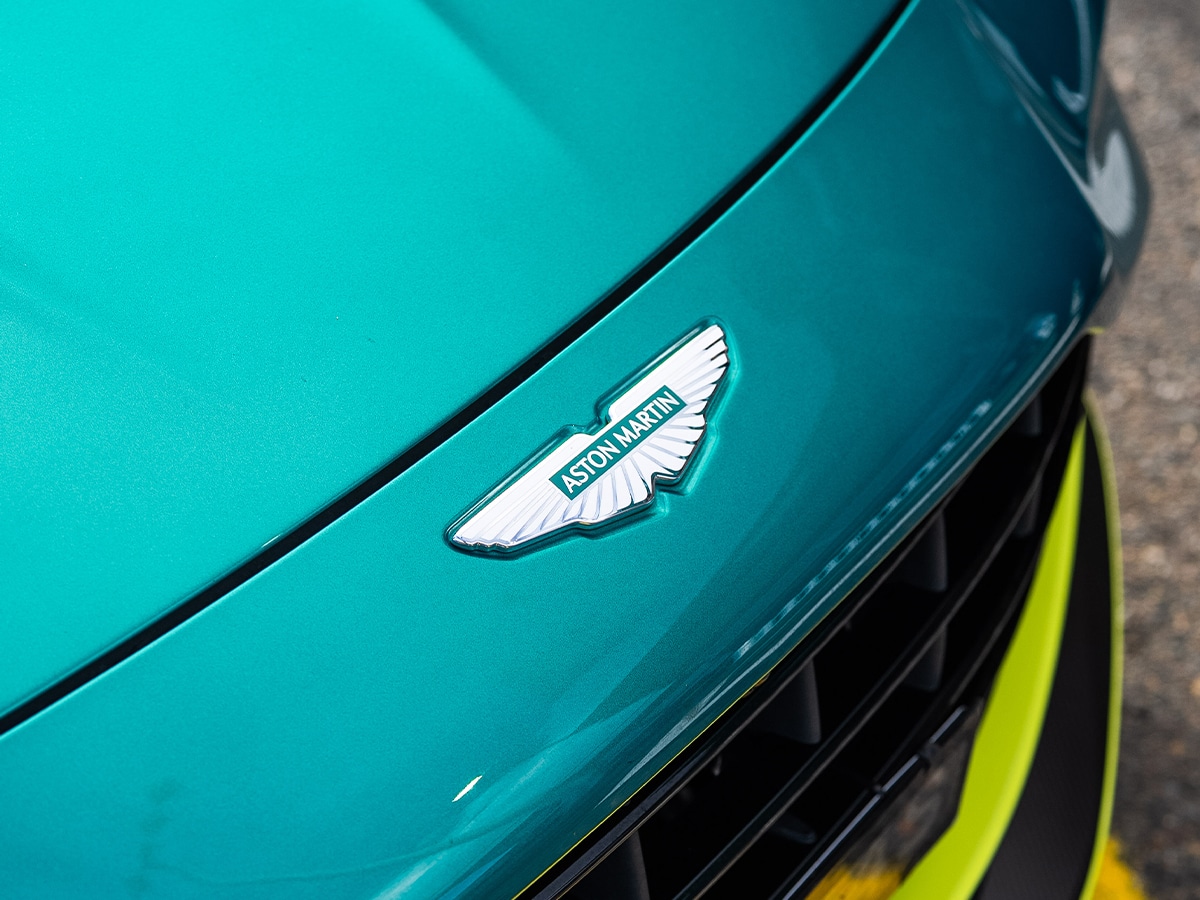








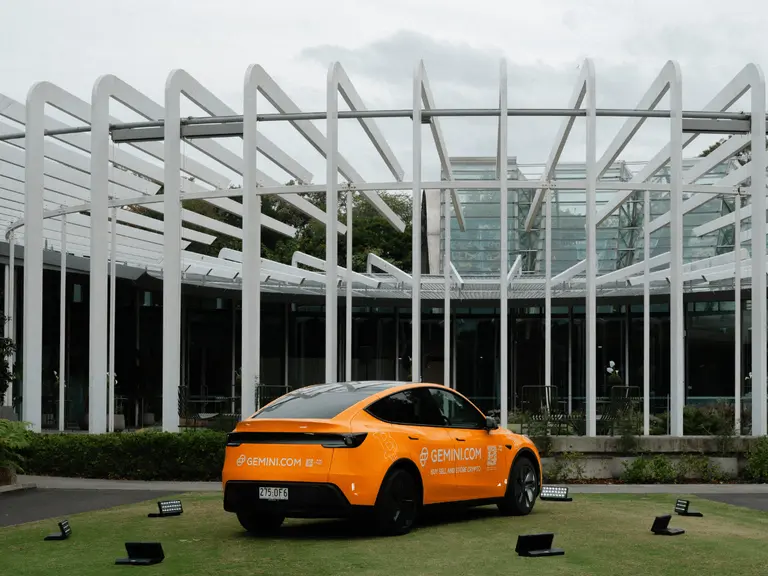
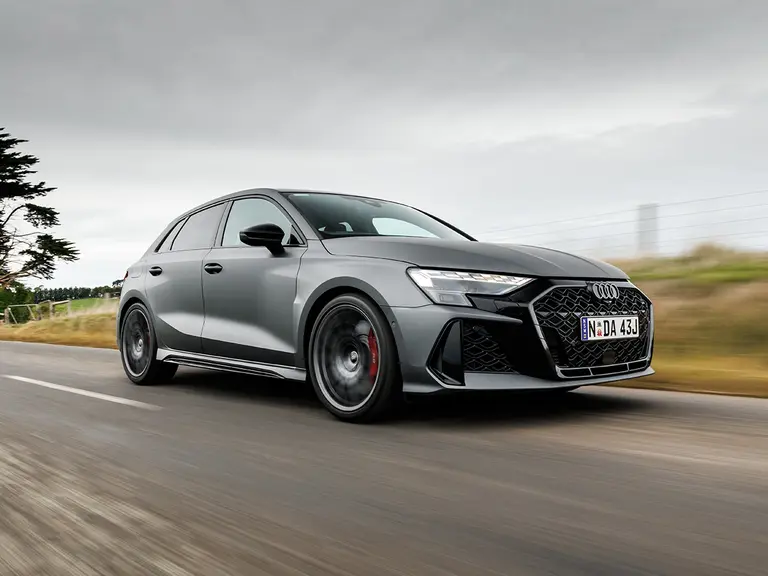





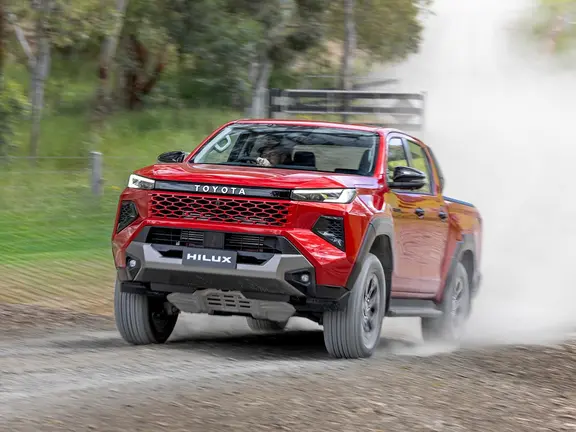
















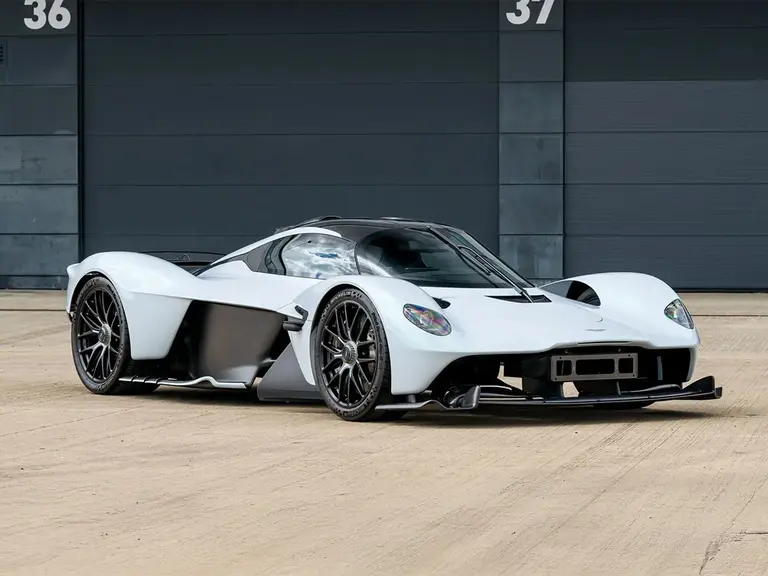

Comments
We love hearing from you. or to leave a comment.